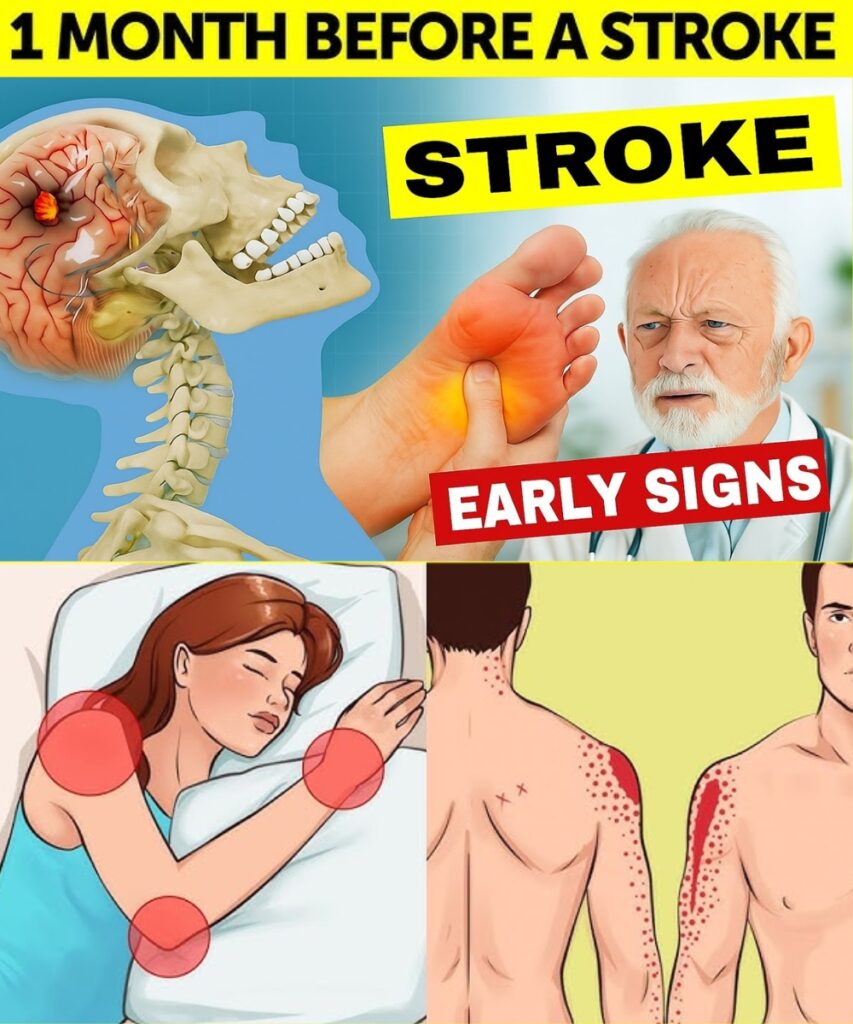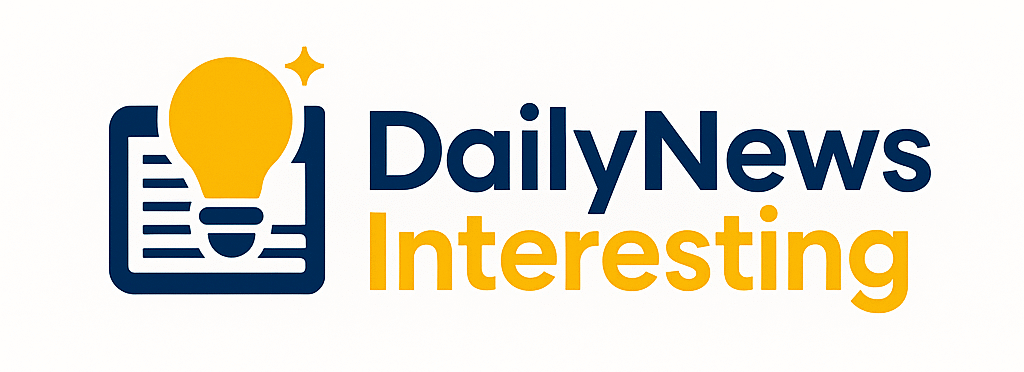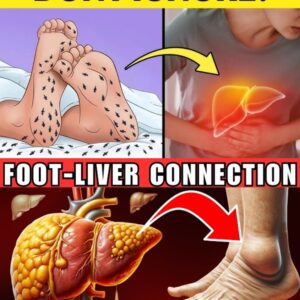Every second matters when it comes to stroke. Recognizing early stroke symptoms can save your life—or the life of someone you love. While strokes often seem to strike out of nowhere, the body usually gives subtle clues in advance. Understanding these warning signs is the first step to getting timely medical attention and preventing severe damage.

In this article, we’ll explore eight of the most common early signs of a stroke and what you should do if you notice them. Whether you’re young or old, knowing this information could one day make all the difference.
1. Sudden Numbness or Weakness — Especially on One Side
One of the classic early symptoms of stroke is sudden numbness or weakness in the face, arm, or leg, usually on one side of the body. If someone suddenly can’t raise both arms evenly or experiences a drooping facial expression, it could be a stroke.
2. Difficulty Speaking or Understanding Speech
If a person suddenly starts slurring their words, can’t form coherent sentences, or has trouble understanding what others are saying, these may be signs of an ischemic stroke affecting language centers in the brain.
3. Blurred or Loss of Vision
A stroke can affect the visual processing areas in your brain, leading to sudden blurry vision, double vision, or even temporary blindness in one or both eyes. Never ignore unexplained changes in your eyesight.
4. Sudden Dizziness, Loss of Balance, or Trouble Walking
If you feel unsteady on your feet, dizzy, or have difficulty coordinating movements, it could indicate a stroke. This is especially concerning when paired with other symptoms like numbness or slurred speech.
5. Severe Headache With No Known Cause
A sudden, intense headache that comes on without warning and has no clear cause—especially when combined with nausea or loss of consciousness—may point to a hemorrhagic stroke, which involves bleeding in the brain.
6. Sudden Confusion or Trouble Concentrating
Experiencing sudden cognitive issues, such as not knowing where you are or struggling to follow simple instructions, could mean the brain is not receiving enough oxygen. This is often a red flag for a stroke.
7. Fatigue or Loss of Consciousness
Feeling extremely tired, weak, or passing out altogether can indicate a disruption in blood flow to the brain. This sign is often overlooked, especially in women, but it’s crucial to seek help immediately.
8. Tingling Sensations or a Pins-and-Needles Feeling
Stroke doesn’t always present as complete numbness. Some people report a tingling or “electric” sensation, especially on one side of the body. If this comes on suddenly, don’t wait—call emergency services.
What to Do If You Notice These Stroke Symptoms
Use the FAST method to evaluate symptoms:
- Face: Ask the person to smile. Is one side drooping?
- Arms: Ask them to raise both arms. Does one drift downward?
- Speech: Ask them to repeat a sentence. Is it slurred or strange?
- Time: If you observe any of these signs, call emergency services immediately.
Every minute without medical attention increases the risk of long-term damage or death. Early action can restore blood flow, prevent complications, and even reverse some effects of stroke.
Reducing Your Risk: Prevention Matters
Knowing early stroke symptoms is important, but preventing stroke is even better. You can lower your risk with these healthy lifestyle choices:
- Manage high blood pressure and cholesterol
- Quit smoking
- Exercise regularly
- Maintain a healthy weight
- Control diabetes
- Eat a diet rich in fruits, vegetables, and whole grains
Final Thoughts on Early Stroke Symptoms
Early detection of stroke symptoms can drastically improve outcomes and even save lives. Don’t dismiss signs like dizziness, numbness, or slurred speech as temporary issues. Act fast—and encourage those around you to do the same.
Knowing the signs is empowering. Share this knowledge. It may help someone when every second counts.






